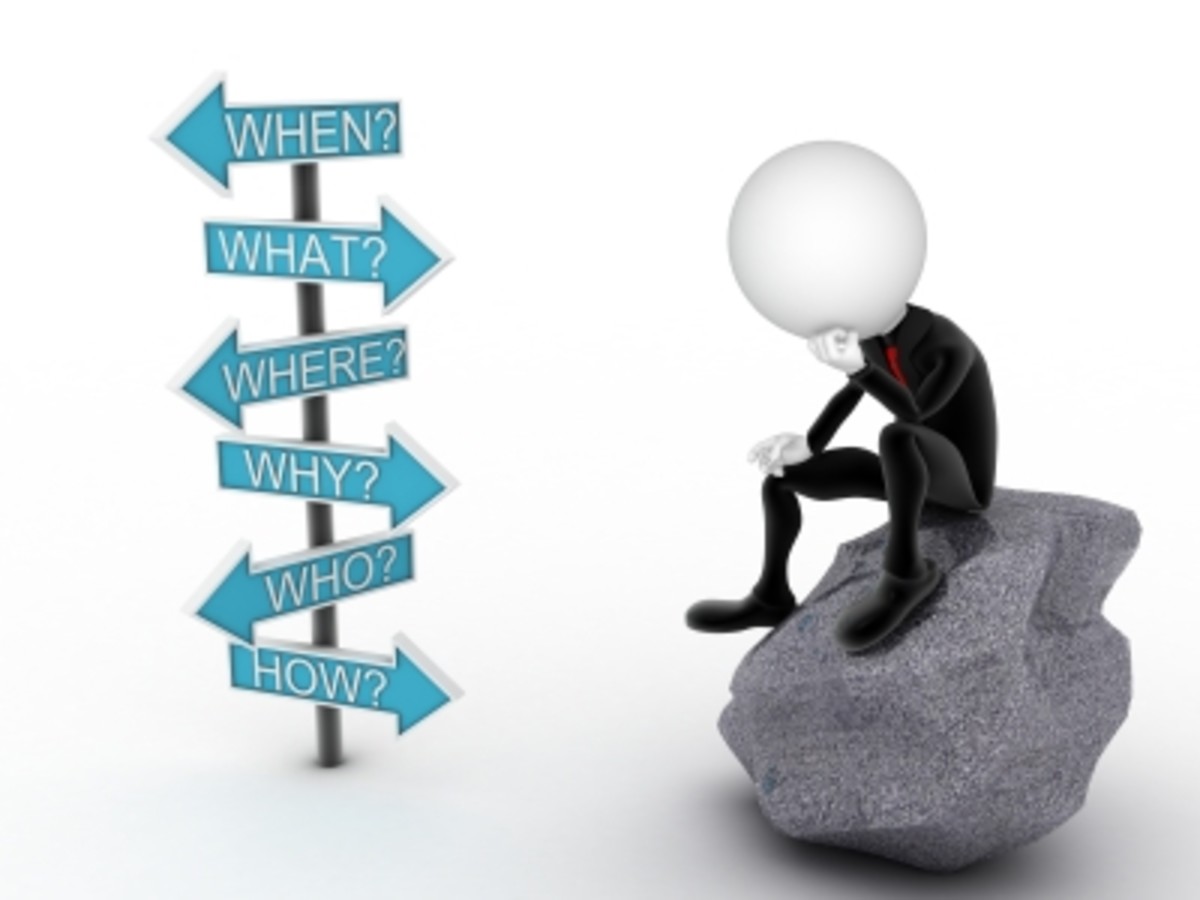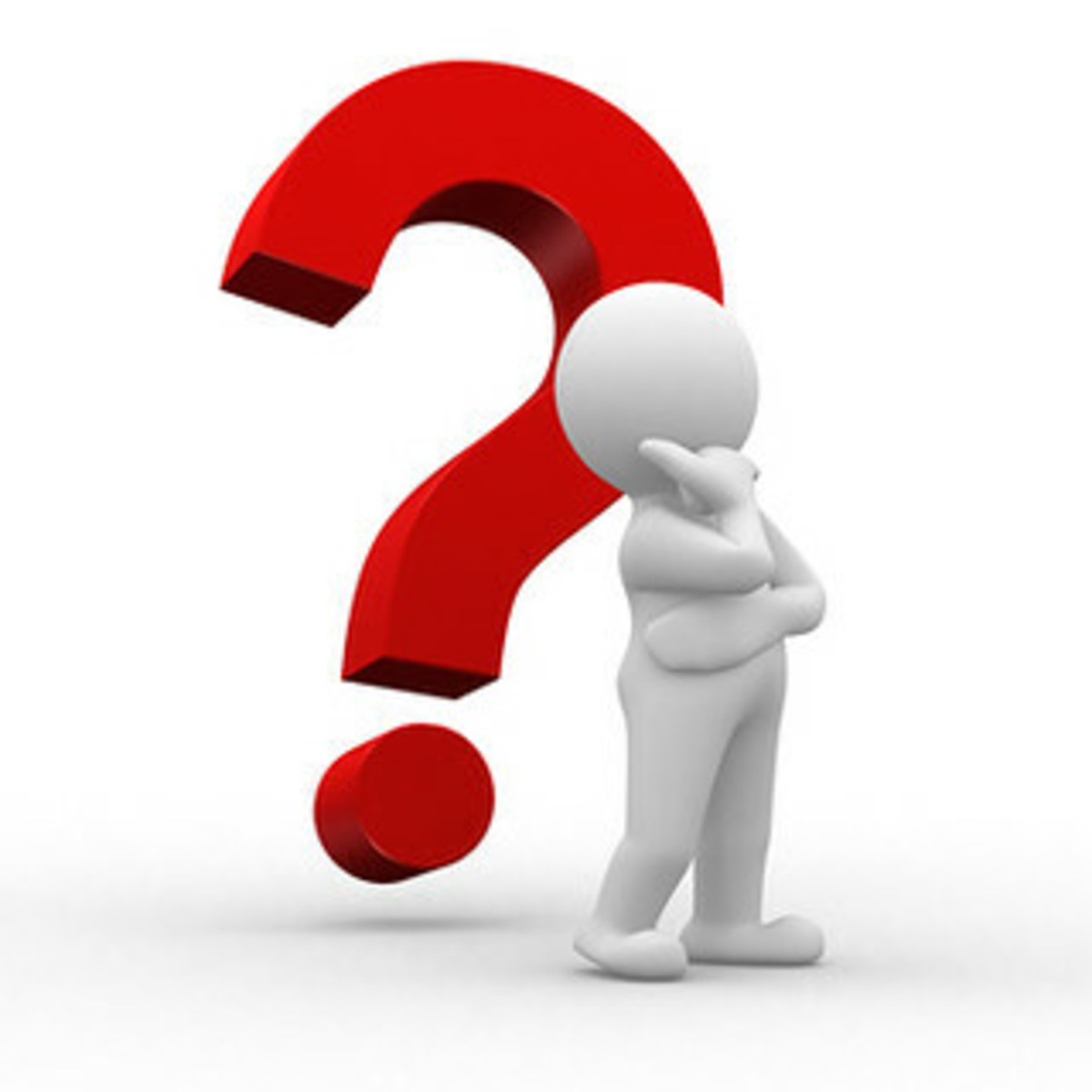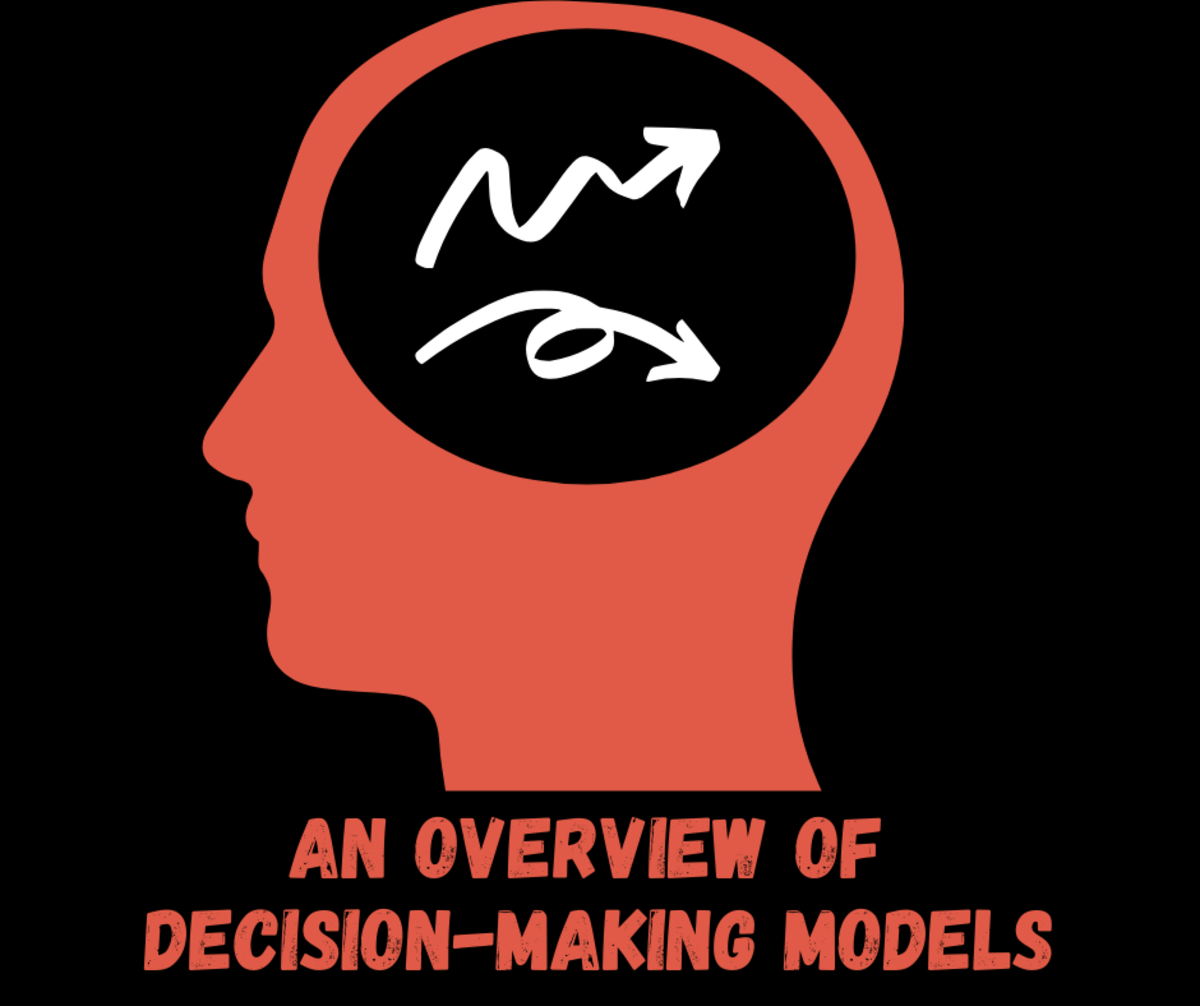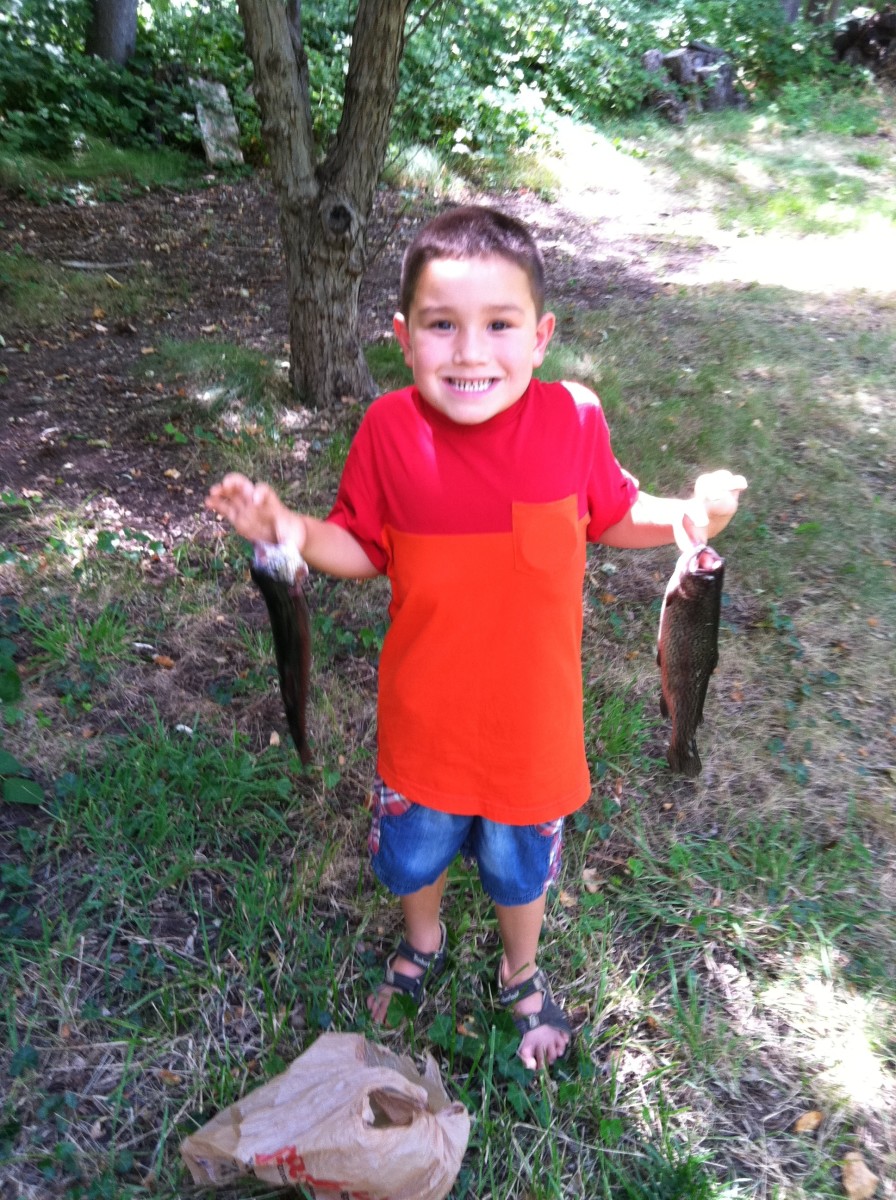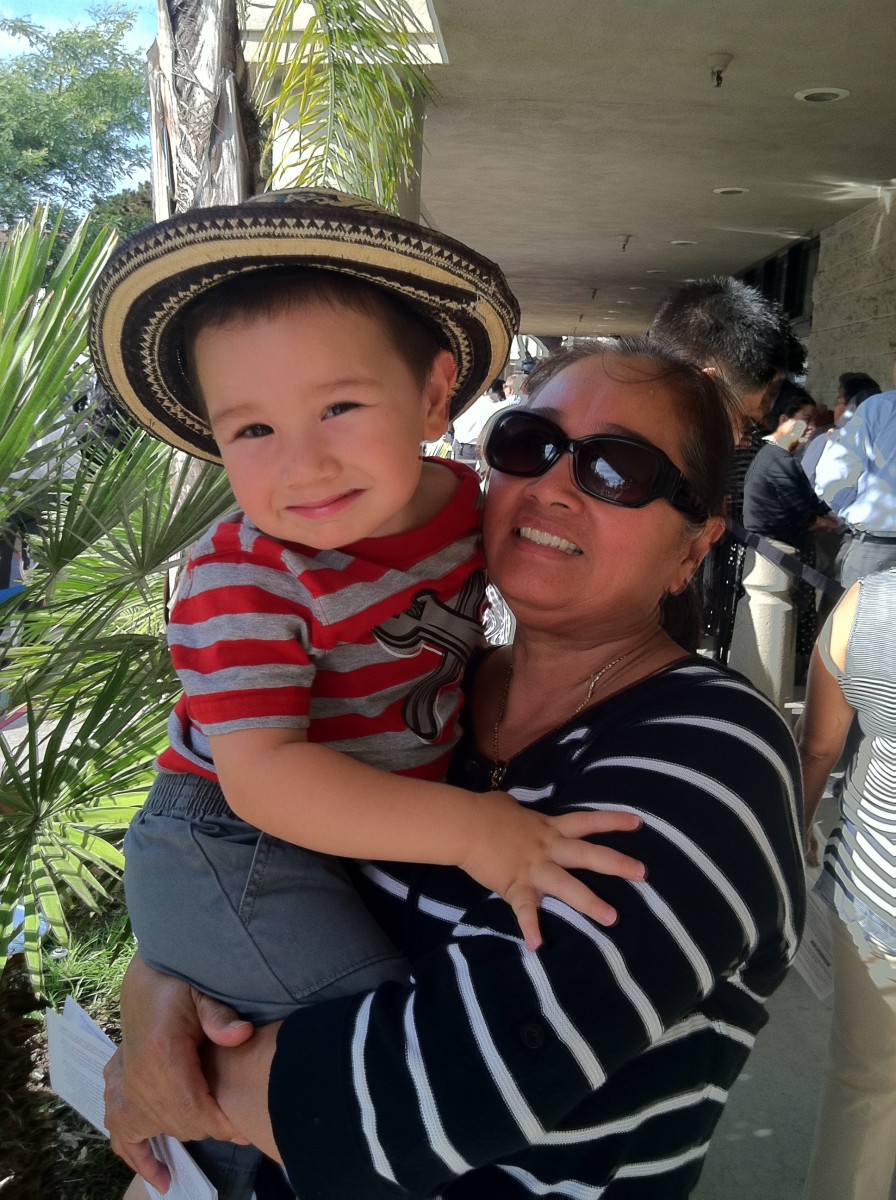Faith Is a Wobbly Bicycle
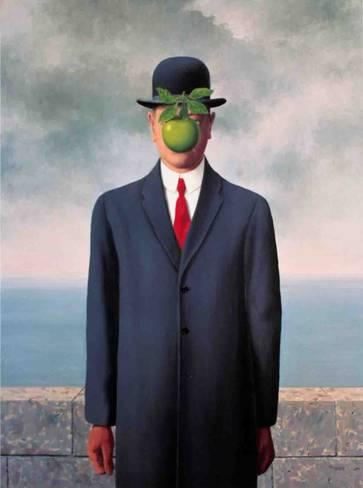
How We Fit In The Scheme of Life
“The Meaning of Life.”
Type that into the search window of Amazon Books. What do you get? 10,000+ titles.
“The Purpose of Life.”
Typing in that entry brings up 30,000+ titles.
Suffice it to say, there’s been a lot written on those two topics.
So, we’re going to explore a different path. We’re going to come at this subject by asking a different question:
What’s the most important thing in the Universe?
The answer is simple. And it might be surprising.
You.
You are the most important thing in the Universe.
Life is all aboutyou.
Many people will assume being the most important thing in the Universe is a permission slip to become raving narcissists. And, yes, that’s a consequence of misunderstanding this concept. Narcissism is what happens when you become self-absorbed.
But there’s an important caveat to this view of reality: Life is all about you...just not in the way you think.
There is another way to respond to this state of being: self-centeredness. We’re going to explore what this means and make some amazing, powerful and transformational discoveries along the way.
The idea of you being the most important thing in the Universe is not a new concept. Christian theology supports it with the belief that “Jesus died on the Cross for you” – not the collective you of humanity, but the individual you.
Christian theology, unfortunately, also throws a lot of demeaning toward the concept of you by describing you as an unrepentant sinner, et al....
We’re not going in that direction, either. We’re going back to the you of the Garden of Eden, the you God said was not just good, but “very good!”
This you is perfect as created, just not flawless.
Hold this thought and let it percolate through your Being while we closely examine our key premise:
You are the most important thing in the Universe.
From the Christian perspective, this is true due to the simple fact that Jesus, the Son of God, God incarnate, gave up His life so that you could have a personal relationship with the Creator.
That makes you pretty darn important. God gave up His existence on this planet for your eternal benefit.
If you don’t buy into the Christian perspective, let’s take a look at the premise from this angle: You are the only one who lives your life, experiences your life, reacts and responds to the stimuli that life brings. You. Only you. If there were no you, there would be no “your life”... and, therefore, you would have no idea there was a Universe because you wouldn’t be here to have such an awareness. So, yes, youare the most important thing in the Universe....
Accepting this premise, if we are the most important things in the Universe, than we are the focus, we’re under the spot light, we’re at the center of things. The buck starts and stops with us.
Given this, how do we show the Universe who we truly are?
Who we are is defined by the choices we make.
What if we make a decision a lot of people say they make to, “Let go, let God”? Making this choice may sound worthy and spiritual, but, ultimately, it takes us out of the decision-making equation. Making this decision means we’ve turned the car keys over to another driver and we choose to become a passenger, a passive traveller. Being passive doesn’t mean there is no participation. It just means some one else is in charge and making the decisions. The passenger is just along for the ride.
This decision comes with serious downsides that those who make it have to ignore, avoid or define away:
• It takes you out of the role of making the decisions of your life making you a victim
• It gives you the out of blaming God for everything that is wrong with your life.
It is also an illusion. When all is said and done, you made the decision to, “Let go, Let God.” It wasn’t made for you. You handed your life over to God – washing your hands of all personal responsibility in the process. This is not a decision that is reflective of who you really are or one that reflects your position in the Universe, nor is it one that leads to fully experiencing what it means to be you. By choosing, “let go, let God”, you’re actually telling your Creator, “Oops, you made a mistake in creating me. I actually can’t make the proper decisions in my life so I’m going to let you make them for me.”
This is not a decision that reinforces what God has said about us or intended for us. Remember, we are perfect and complete within ourselves.
With this being our true state of being, it means we are perfectly capable of living our lives and making decisions for our lives. We don’t need anyone else to do it. Being perfect and complete means we are fully able and capable to take complete responsibility for our life and our life decisions.
Let this thought sink in. It’s a very sobering one. It is also a scary one. Ultimately, though, it is extremely liberating.
It IS all about you!
With life being all about us, it is, therefore, up to us to take responsibility for our life and to discover the tools we need to help us fully comprehend who we are and how we fit into this Universe. Many of us don’t want to hear this, but the truth is, the responsibility is all us. We can’t leave it for God. We can’t blame God. And we can’t blame Satan.

The Forces We Face
Speaking of Satan.... if life really is all about us and the decisions we make and “let go, let God” is really a decision that evades personal responsibility, then blaming Satan for bad behavior is the same thing. They are both cop outs.
Both of these beliefs lead to a personal abrogation of responsibility which is exactly the opposite of what our Creator has intended for us. Holding such beliefs leads to a whole world view rooted in these beliefs. Decisions are made, therefore, based on this world view... and it is a world view that is not the one the Creator intended us to have.
The world the Creator wants for us works on intention. Good means, “as intended.” Evil means, “as not intended.” Therefore, if decisions are made based on a world view that is not as intended, what does that mean? The world view is based in Evil.
Darkness.
Conversely, decisions made from a world view that is as intended – that supports the belief we are perfect, just not flawless – such decisions are good.
They let in the Light.
If life really is all about us and we are defined by the decisions we make, then perhaps we need to take a moment to further ponder the idea Satan. Maybe he isn’t an actual entity as portrayed by religion and art. What if he were just an idea, a construct, a symbol of what happens to the soul when selfish decisions are continually made, when decisions made are rooted in darkness as opposed to light.
Thinking of Satan as an anthropomorphism makes it easier for us to understand Darkness vs. Light.
Since Eve and everyone after her chooses to believe we are inadequate – that God made a mistake when making us and it is up to us to correct those mistakes – we, therefore, make decisions based on this deep inner desire to make ourselves better... or to express our deepest darkest ugliness. Either way, the source of these decisions is Darkness – Evil – because they are based on the belief that things are “not as intended.”
The world, the realm in which we live, is based in Darkness. This is quite ironic because living in this Darkness, we all search for meaning, purpose and fulfillment. Yet, when the light shines to show the inquiring soul the way, more often than not, we turn away, we get busy, we get overwhelmed, we limp our way back to the ooze of Darkness. Even as Jesus walked the Earth to show us the Light that is ours to embrace, we – who harbor the yearning to be free – chose to strike the Beacon of the Light down.
So what do we do with Satan? Let’s use him as the symbol of Darkness. What is Darkness? It is the continual and constant making of decisions based on the belief that you are inadequate and that inadequacy must be alleviated, rectified, corrected by trying to create a new image of you and reshaping/redefining the true character of your soul.
What is the Light, or more appropriately, how do we live in the Light? We can do this by making decisions that allow us to better understand our soul – who we really are – and then nurturing that understanding so that we can fully express who we are with humility, gratitude and wonder which will lead to greater realization.
The big reality check we need to embrace is this: We live in the fallen world of Darkness. But, before you get too depressed about this realization, there is tremendous hope that comes from understanding the true nature of the relationship between Darkness and Light:
Darkness will never prevail because, though it may be able to supplant Light, Light can always shine in the darkness, but darkness can never appear in the Light.
If we place blame on anyone or anything else, we are not living authentic lives. The forces of Darkness and Light that are out there in the Universe are not there to live our lives but to help us live our lives properly.
The forces we have come to attribute to God and Satan, Good and Evil, Darkness and Light are not there to control us, they are there to guide us down the paths we choose to take. When we look at our earthly existence this way, life becomes filled with power. The Power of Light. The Power of Darkness. It’s all there for the taking – due to the decisions we make.
That said, since we are now the center of our lives, the focus of our life, it is up to us to make the right choices – the choices that allow us to explore, discover, nurture and fulfill who we are. It is up to us to make the right choices – the pure choices – the ones that lead us from Darkness into the Light.
How do we do this? Through prayer and introspection with the intent of understanding ourselves and freeing ourselves to be ourselves.
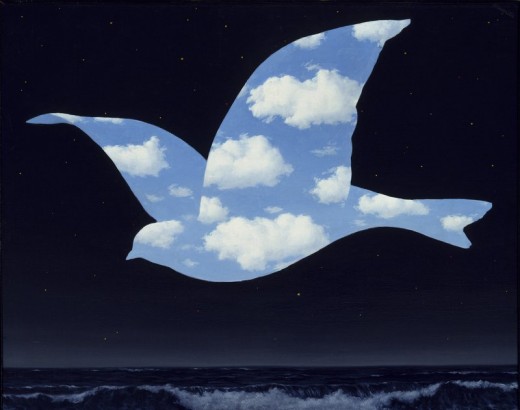
How We Prevail
We also need to learn to effectively use four tools provided by the Universe:
• Fear
• Control
• Trust
• Release.
There are three aspects of these tools we need to understand in order for us to experience the full benefits they offer.
First, there is a symbiotic relationship between Fear, Control, Trust, and Release. Each help define the others as well as help each one achieve its maximum value.
Second, they interrelate in a matrix. One aspect of this matrix has these words paired based on the cause/effect relationship between them. One word creates a belief. The other describes the resulting action. Fear & Control form one belief/action pair. Trust & Release comprise the other.
When Fear typically arises in a situation, what happens? We choose to try and control it. Control, wever, is ultimately an illusion for we cannot completely control the actions of another or the conditions of a situation. We can contain, thwart, frustrate and manipulate, but we cannot fully control. When we attempt to control people, what happens? At some point in time, they wise up and walk away. Game over. When we attempt to control situations, what happens? Too many variables come into play. There are too many balls to juggle. How many times has your “perfectly planned” day gone perfectly as planned?
The only control we truly and consistently have is over ourselves, and how we react or respond to situations and stimuli.
Period.
Fear is not bad or evil. Fear is a healthy emotion when properly understood and its voice is heard.
Control is neither bad nor evil, as well. In fact, it is extremely useful when applied appropriately.
Here’s one more thought about the interaction between Fear & Control. It is the nature of what Fear does to the human psyche that leads the fearful to reach for Control. The illusion Control creates works as a salve for Fear, leading the controller to feel powerful, commanding, in-charge. Control, in the mind of the controller, means nothing happens without the controller’s knowledge and permission. People who act as controllers, set themselves up as demigods, as the “Masters of their Domains”.
Trust & Release work together by simple virtue that it is extremely difficult for a controller to “let go” because Release is the polar opposite of Control. Release means no strings attached. Release means the entity with no attachments is free to go anywhere and do anything. When interacting with a released entity (with entity referring to person, thing or process), you don’t have any control over it so the only way to interact with it is with Trust. You must trust that you have something of interest to the released entity that will drive it to interact with you or act on your behalf.
Ultimately, an environment of trust requires a tremendous amount of responsibility on the part of the individual who wants to promote Trust. That person must be Trustworthy.
Trust, therefore, is a quality like Love. It must flow from within the individual outward. Trust requires an individual to first desire to be Trustworthy and then to allow that trust worthiness to flow from them to others. In order to give it, it must come from some place, which means it must be a quality nurtured and generated from within the trustworthy individual. Trust, then, is given, bestowed. It is this outward flow that makes Trust & Release such natural partners.
This is in stark contrast to Fear & Control. Control is all about gathering, of pulling attention and energy to oneself. Control seeks to confine and gather. It seeks to extend parameters. Such parameters may be broad, but they are parameters, none-the-less. The goal of parameters is to set up limitations, to control reach, to control freedom.
The fortunate thing for all of us is that none of these factors work in a vacuum. They don’t work independently. In fact, they are utterly dangerous if allowed to fly solo.
Complete Trust means you’d believe anything and everything, which would make you completely vulnerable and defenseless.
Complete Release means no attachment to anything, which is like a boat that is all sail and no rudder or anchor. Complete freedom leads to complete irresponsibility.
Complete Fear is paralyzing. When a person is completely overcome with fear, they can do nothing. They are frozen.
Complete Control is impossible for the simple fact that, in order to pull it off, one would have to never sleep.
The third aspect we need to know about Fear, Control, Trust, and Release is that the matrix within which they operate is powered by balance. None of these tools is either/or. They are not mutually exclusive. In fact, they have to work together to be truly effective in their own right. The counter balance for Fear is Trust. The counterbalance for Control is Release.
To understand these relationships more fully, think of them as two sides of two different wheels. The purpose of these wheels is to facilitate forward movement.
The first wheel is Fear and Trust. How well this wheel moves forward depends on how the balancing forces behave. If Fear is dominant, the wheel is going to list as domination grows. Eventually it will fall over. Regardless of the side to which it falls, the only way to right it is to increase Trust.
The only way to move from Fear is to move toward Trust.
What happens when Trust becomes too dominant? Is it even possible to Trust too much? Just ask anyone who has been conned by another or exploited in some way. They know for certain too much Trust is not a good thing. In fact, it can be extremely harmful.
So, in order for this wheel of Fear and Trust to roll forward, Fear and Trust must work together.
Here’s the interesting thing to remember about this wheel. As stated previously, its sole objective is to facilitate forward motion, not to roll forward in perfect alignment. That may happen at some point for a limited amount of time, but more often than not, the wheel is going to wobble, list side-to-side as it moves forward.
Embrace this wobble. It’s reality. It’s what is supposed to happen...because Trust without Fear is not a good thing. Jump off a cliff trusting that the Universe will protect you if you have perfect, complete trust? That choice is not going to bode well for you.
Gravity is a bitch.
Control and Release are two sides of the same wheel, as well. There are times to control, there are times to let go, to release. The effectiveness of each of these episodes depends on the balance that is stricken. And once again, wobbling during forward progress is to be expected. Problems occur when there is no forward progress, when Control and Release can’t work together to move forward together.
Put these two wheels together and what do you have? A bicycle we can ride.
What is the result of riding our wobbly bicycle along our chosen path? When we understand the interrelationships of these four tools – how they create these two wheels -- and work to use them as intended– recognize their pairings, adjust their balance – we are able to ride the bicycle of Faith.
Fear, Control, Trust, Release are the four components of Faith.
It is this wobbling bicycle of Faith combined with the choices we make to move us from the Darkness into the Light that gives us the meaning and purpose we seek in this life.
This is the final lesson to be learned in the Garden of Eden.
“Faith is the wobbly bicycle you know will get you where you need to go....”

